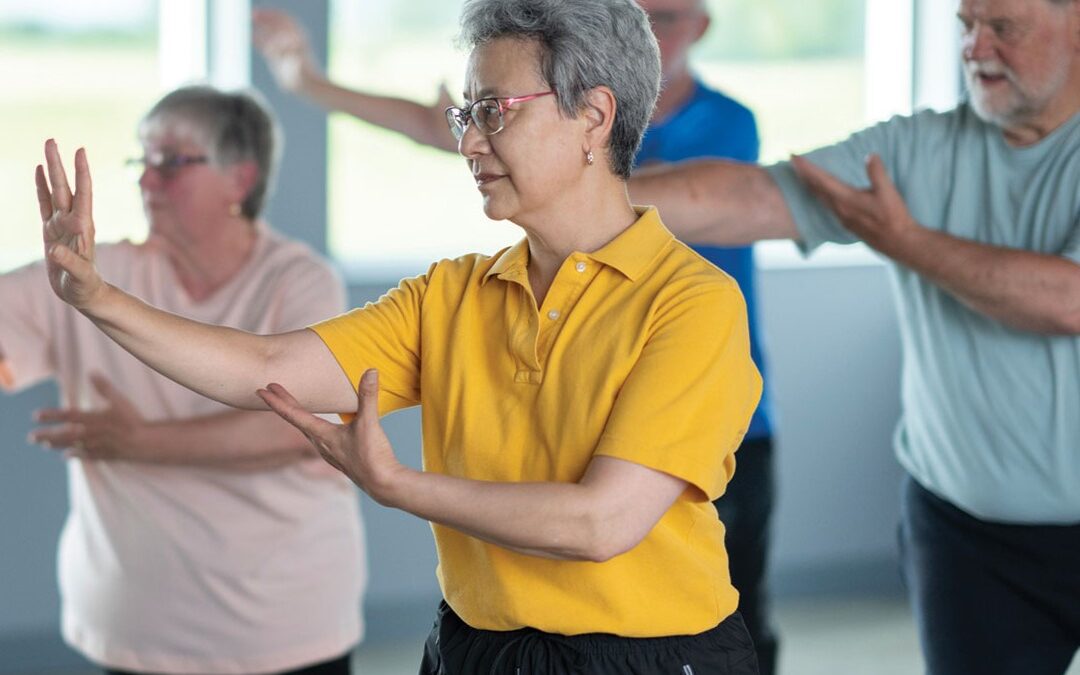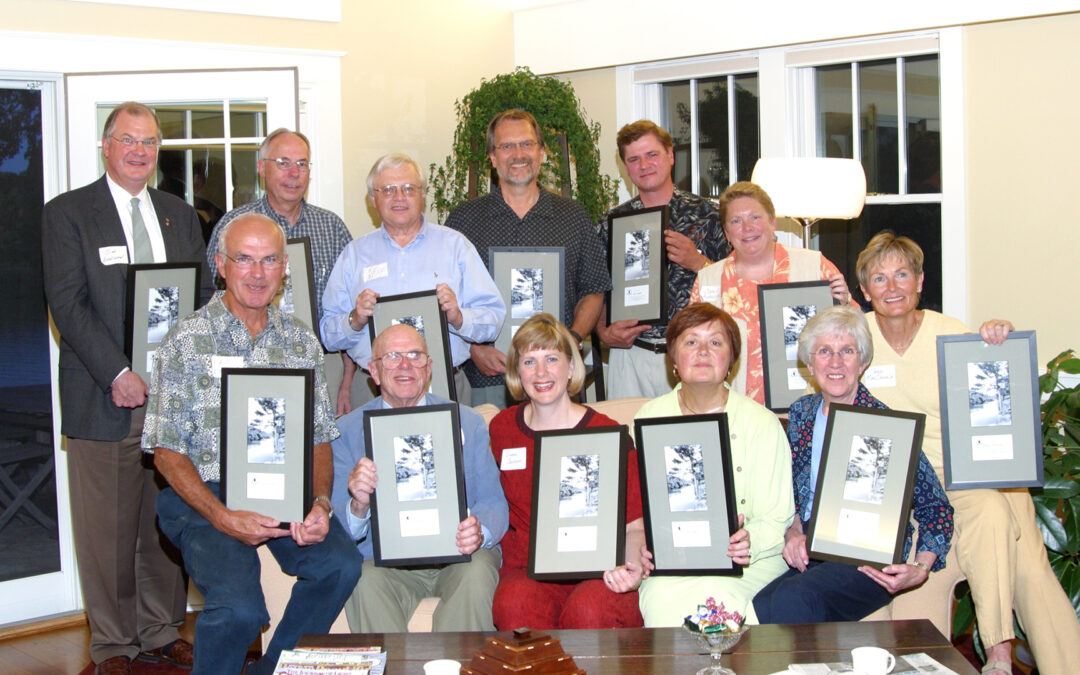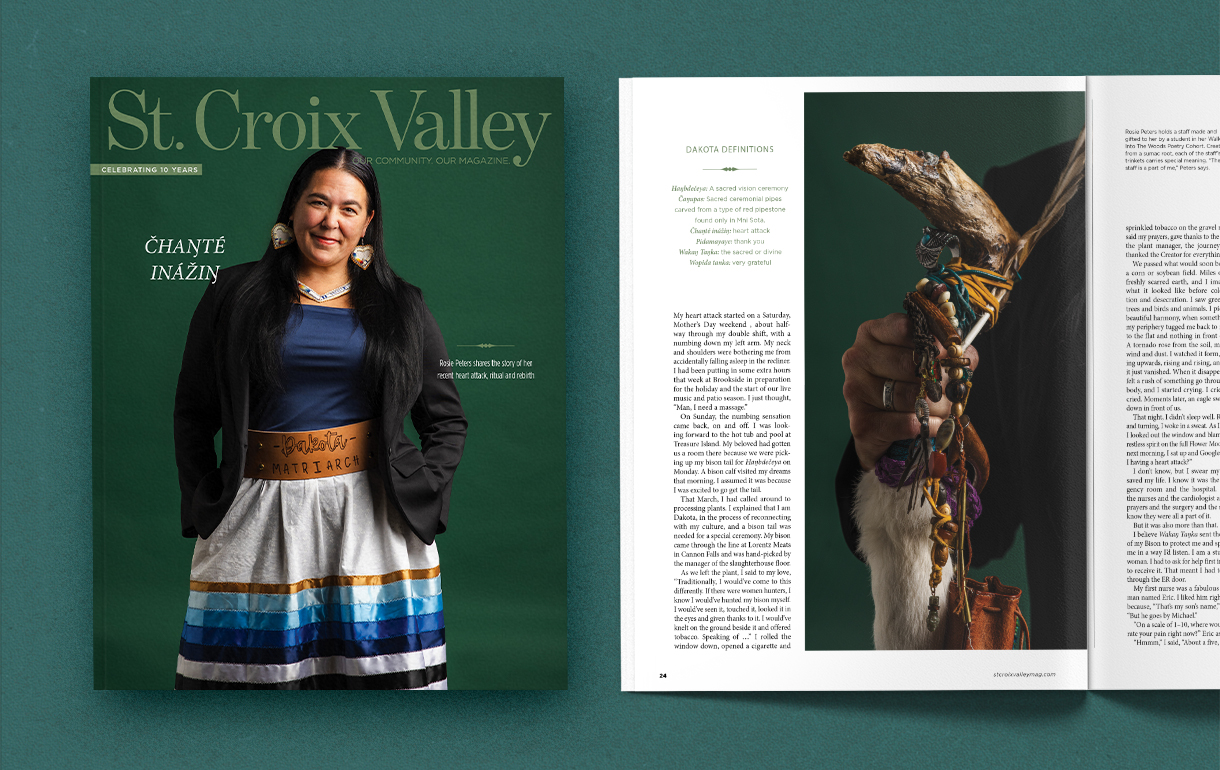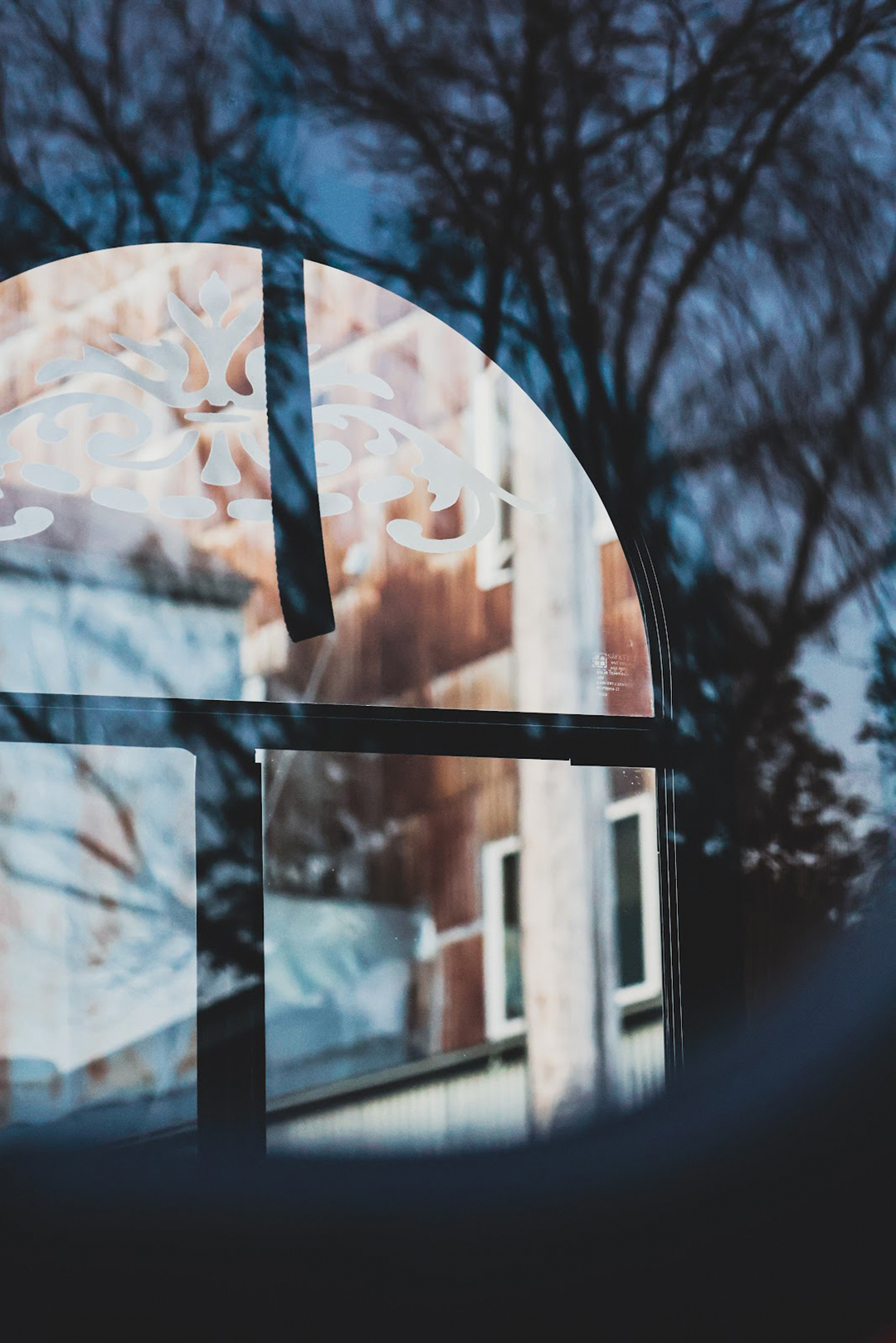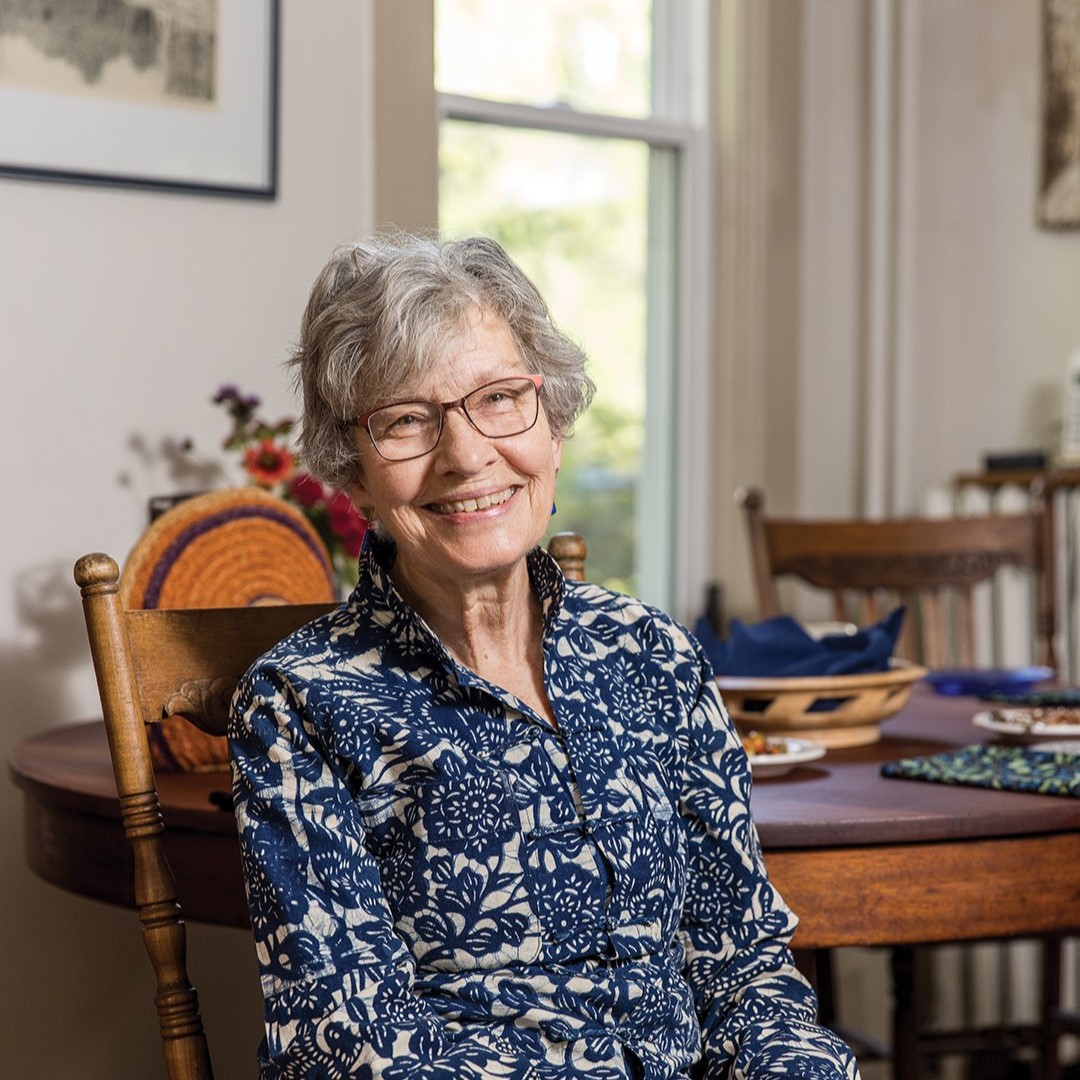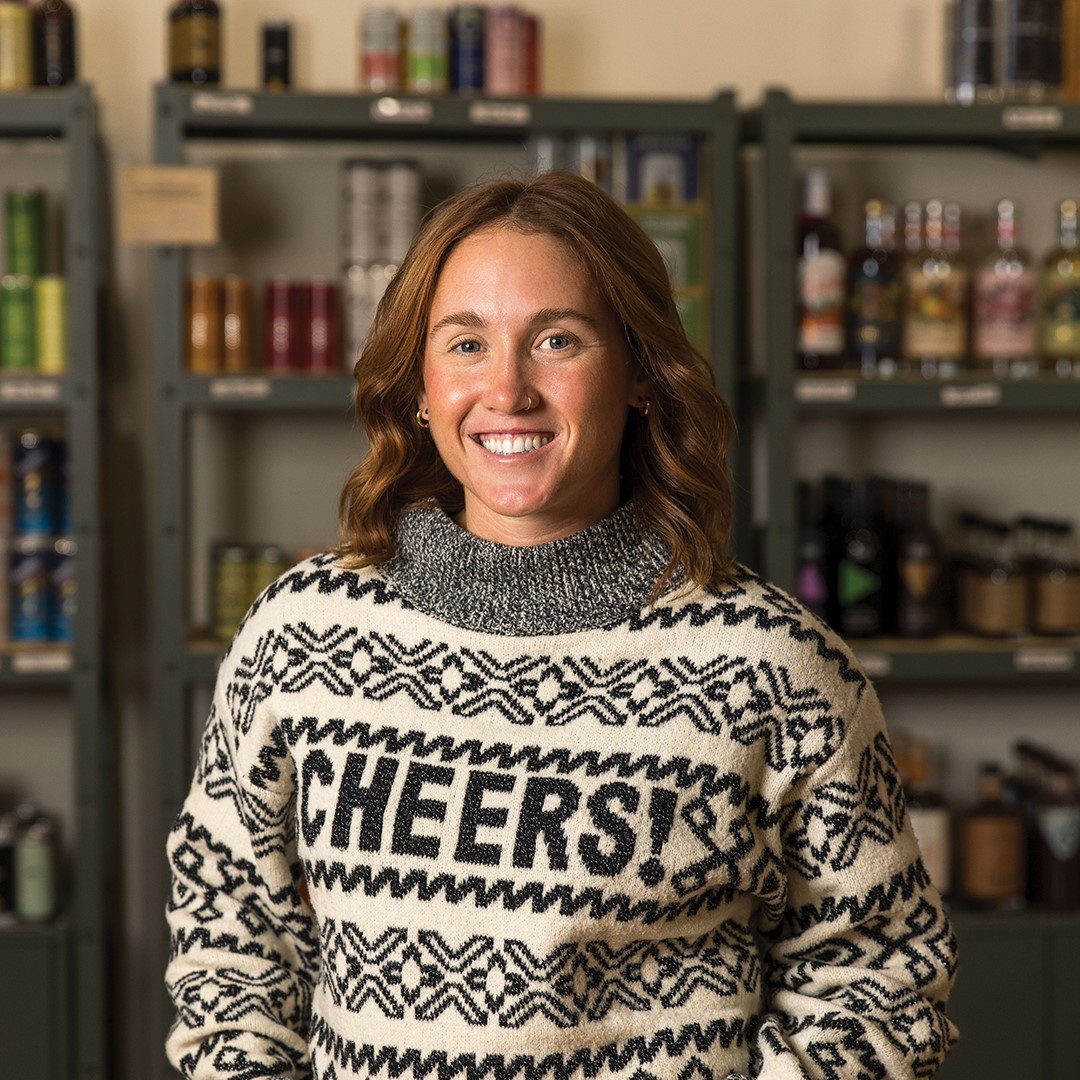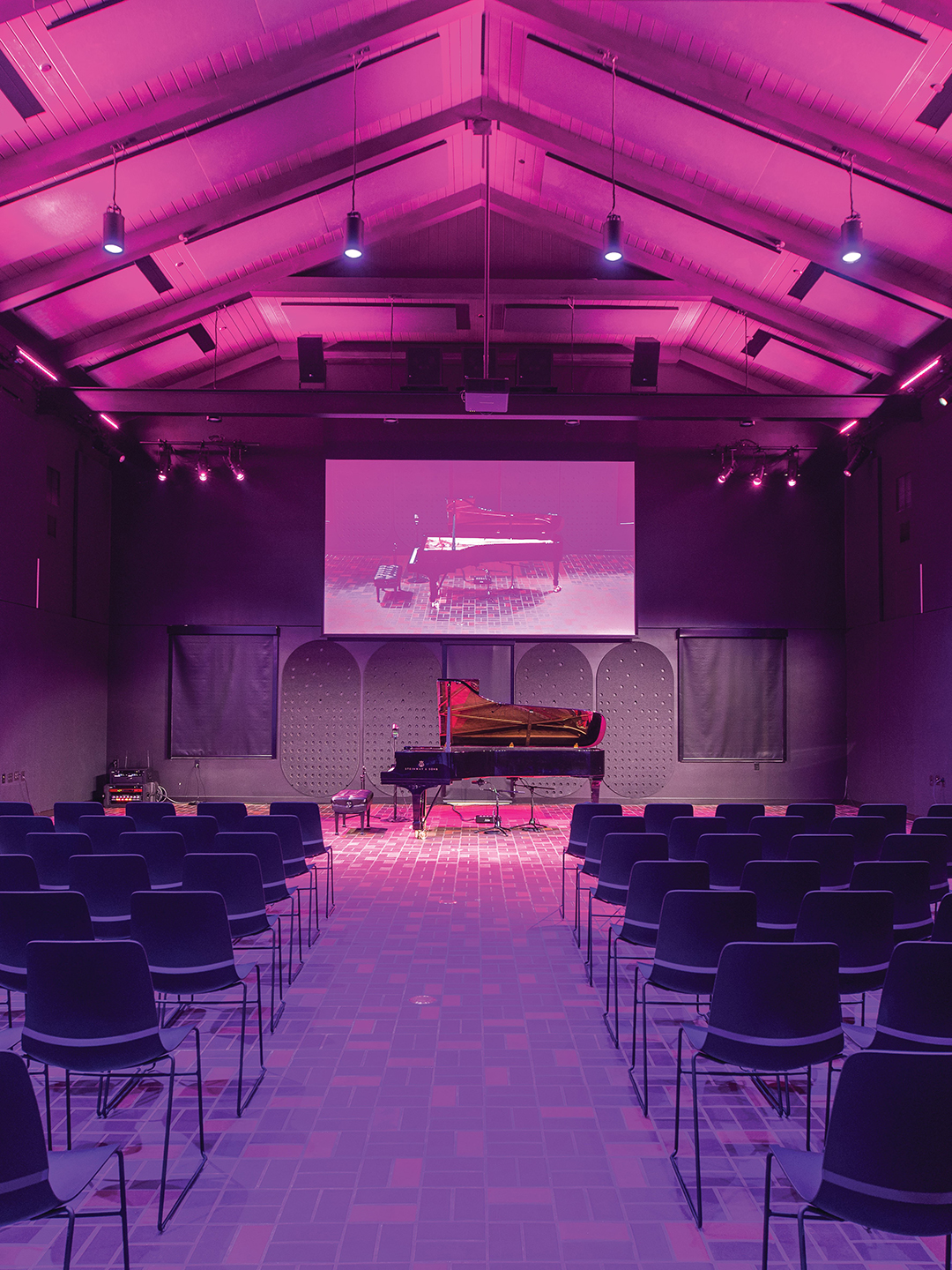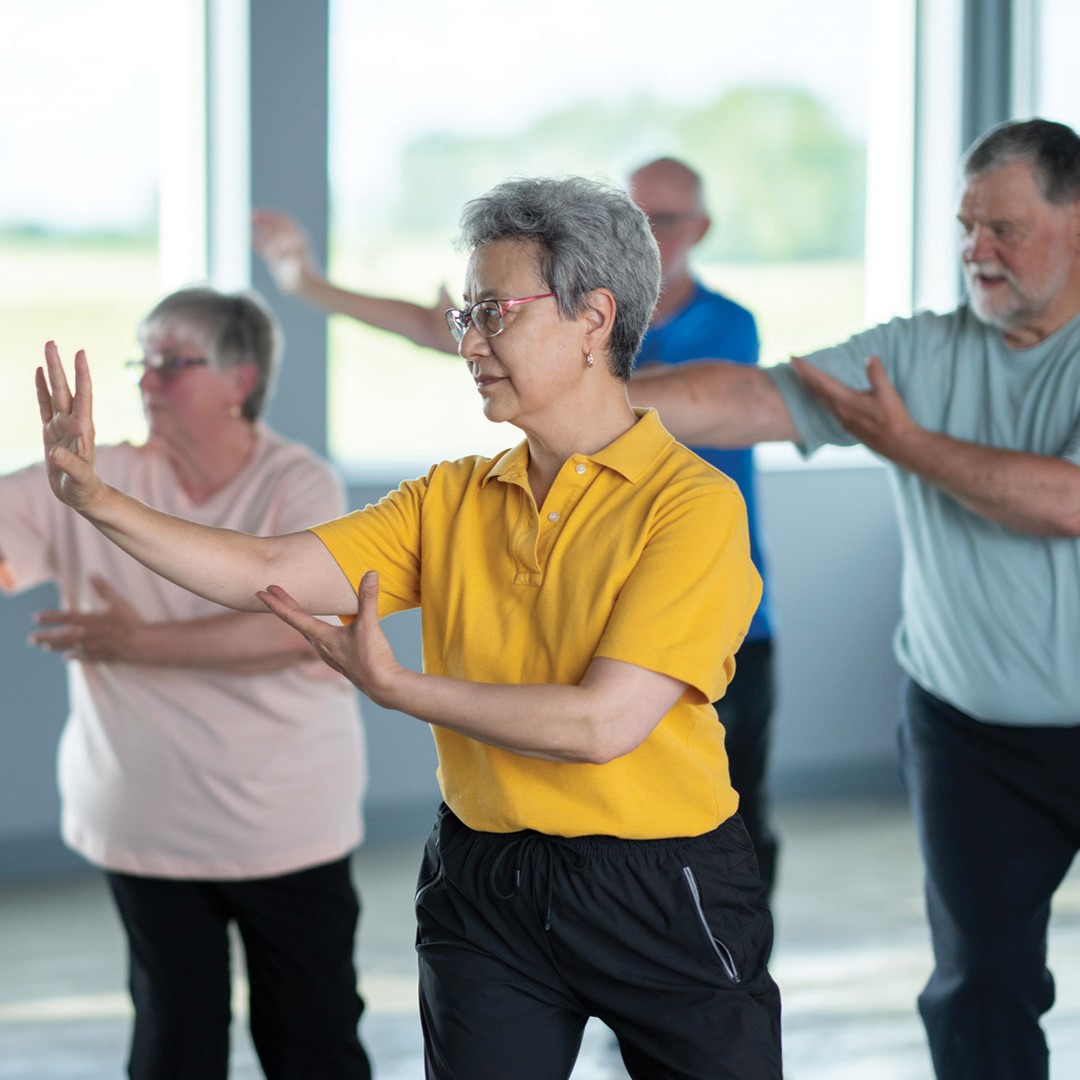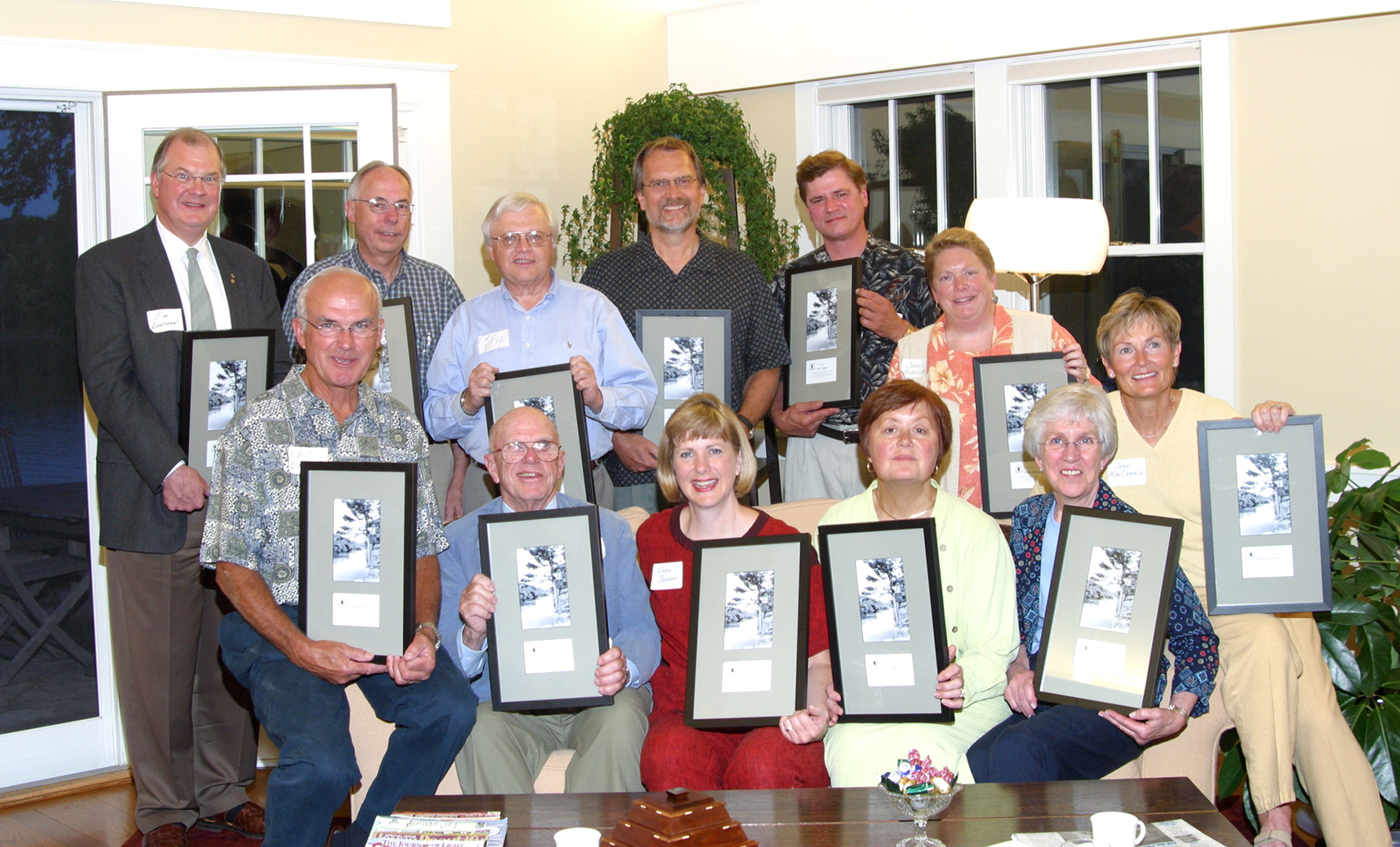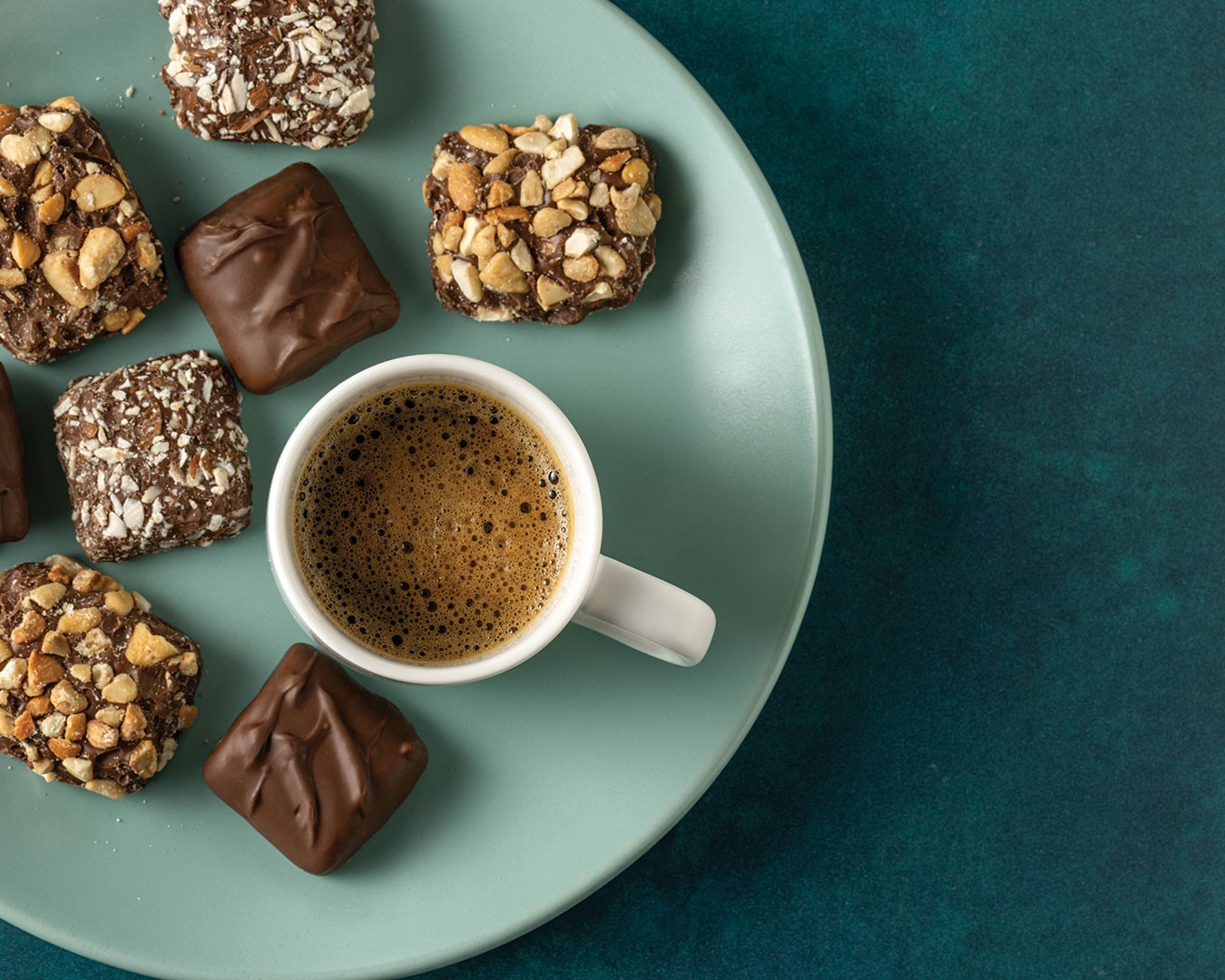
Twin Cities Cold Thermogenesis Group. Photo: Christa Rymal
Dip into the freezing water this winter.
If cold plunging or dipping one’s body into ice cold water isn’t thumbing your nose at a Minnesota winter, it could be or maybe should be, but no.
Lakeland’s Maria O’Connell, D.C., a chiropractor who runs a corporate wellness business from the shores of the St. Croix River, sees cold plunging in an entirely different light, and her views are backed by science.
“After a 20-mile run, I stepped into a cold Lake Harriet when I was living in south Minneapolis,” O’Connell says. “My legs felt great.”
Stepping or dipping would soon turn into cold-water swimming. She loves it. “I pretty much swim year-round,” she says. Her biggest take away? “My sleep,” O’Connell says. “When I wake up in the morning, I feel great.”
After researching the benefits of cold plunging—lower inflammation, metabolism boost, immune system support and reduced muscle soreness—O’Connell shared her knowledge.
“I told a couple friends,” she says, noting she started a group on Facebook called Twin Cities Cold Thermogenesis Group. “Four told eight, eight told 10, and it’s been growing ever since. Today, it’s close to 1,000 members.”

The club meets throughout the Metro for freezing-cold swims and dips.
“We’ll do some big ones where we might get 70 people,” she says. The St. Croix River, Lake Johanna in Arden Hills and Cedar Lake in Minneapolis are frequent destinations.
When asked about the duration of each plunge and if a longer plunge is a better one, O’Connell says, “There’s benefits to any cold plunge. I typically don’t do more than 10 minutes, but that’s me. When I feel like I’m done, I’m done.”
When O’Connell enters the water, she stays calm. She encourages others to do the same.
“There’s a psychology behind it,” she says. “If you get in and stay calm, a newbie can get in and stay calm. If they’re in for 10 seconds and out for 10 seconds and hooting and hollering, they’re going to create a negative vibe, which is contagious.”
Cool to Cold
As a rule of thumb, a cold plunge can be defined as immersing as much of your skin as possible into water that’s 50 degrees F or cooler.

Outside of Minnesota, that could be any time from October to May. But in Minnesota and Wisconsin, experienced cold plungers find the dead of winter to be the sweet spot. And yes, that often involves cutting a plunging hole through the ice.
“I remember cutting through ice so thick, it took six to seven hours,” says Afton’s Christa Rymal, CEO, founder and co-owner of The Point Retreats, a health and wellness business operating out of the Pequot Lakes area. “The temperature was 30 below.”

Rymal adds that they’ll plunge if it’s zero degrees or warmer, though she wouldn’t recommend it for new plungers. She also adds that they’ve had clients from as far away as Argentina and Australia.
“The water can be so really cold that you don’t focus on anything else,” she says. “You have to be totally present. That means you’re not multitasking, and you’re not thinking about 100 different things.”
And the benefit? “Happy hormones,” Rymal says. “I see cold plunging as incredibly cathartic. When people get out of the water, they’re beaming. It’s far more profound than I thought.”
The science behind all of this supposedly has cold plungers increasing their metabolism, dopamine and brown fat (an increase in white fat cells can lead to weight gain, while an increase in brown fat cells can lead to weight loss).
Embrace North
South Minneapolis’ Embrace North offers year-around cold plunging into 37–45 degrees F water. Instead of lakes, plungers sit in 100-gallon coolers. A sauna experience (190–210 degrees F) also awaits.
“There’s nothing like it close to us, but places like this are gaining traction around the country,” says breathing and mindset specialist with Embrace North, Harrison Klein. “Utah has one and so does California.”
While Klein acknowledges cold-plunging’s anti-inflammatory and recovery benefits, he thinks the bigger picture involves mental resiliency. “You’re adapting to stress by regulating your nervous system,” he says. “Historically, it was a predator versus prey thing. While you’re not worried about a bear when you’re sitting in an ice bath, you’re controlled and you’re calm.”
Exiting, he adds, leaves the plunger with more energy, more clarity, enhanced focus and a better attention span. Klein recommends two-to-five-minute cold plunges. “Real benefits start after two minutes,” he says. “After five, they start leveling off.”
O’Connell says the key is to submerge your neck and upper back. “That activates brown fat production,” she says.
The polar opposite to cold plunging is heat therapy via sauna. Like cold plunging, spending time in a sauna will increase metabolism. Claims of detoxification, weight loss, increased blood circulation, improved sleep, relaxation and stress management are also associated with sauna use. Klein also notes muscle growth and development happen due to heat shock proteins becoming activated. “Cells talk to each other,” Klein says about sauna usage. “That’s good.”
Outside the Box
Signs of cold plunges date back to ancient Rome and ancient Greece. Saunas are said to have originated in Finland some 2,000 years ago.
So, why the local resurgence? “People living in European countries tend to live healthier lives,” Rymal says. “We’re paying attention.” And? Imitation is the sincerest form of flattery.
O’Connell, Rymal and Klein all urge cold plungers and sauna users to first check with their doctors. Liability waivers also have to be signed.
“We welcome all types,” Rymal says. “Once, a 78-year-old woman celebrated her birthday with a plunge. It was totally amazing and she was awesome.”
At Rymal’s retreat, guests go through a seminar with history and current information, including health benefits and research, and complete a breathing lesson. “No one has ever panicked, and we’ve always coached everyone through their goals,” says Rymal. “That might be 15 seconds, 30 seconds or two minutes.”
And? “Community support around the ice hole is amazing,” Rymal says.
O’Connell concurs. “If you have a problem with cold, you can always move to Florida,” she says.
Facebook: Twin Cities Cold Thermogenesis Group
Embrace North
4420 Drew Ave. S., Mpls.; 612.268.2445
The Point Retreats
7684 Ruttger Road, Pequot Lakes; 651.336.8259


